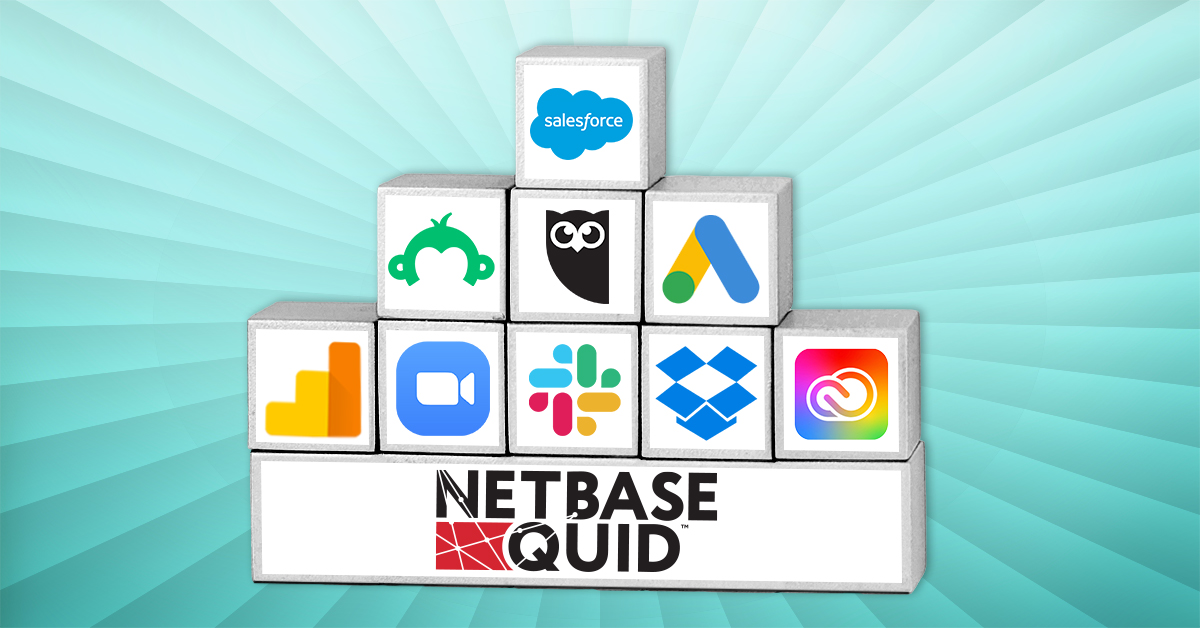Sentiment Analysis is a form of computational linguistics that analyzes subjective language in texts, such as those found on social media platforms, to extract the author’s intent or mood. It provides users with a quantified measure of these sentiments, allowing businesses and organizations to tailor their communications towards specific audiences.
1. Customer Reviews
Customer reviews are an obvious and popular place to start when analyzing sentiment. The relevance of this data is that reviews can be a useful reflection of customer experience and the sentiments of other customers reading the review. This allows brands to analyze how a new product fares among their existing, loyal customers. It also provides insight into the competitive landscape, as competitors’ products can be analyzed with each other by gathering all of their reviews.
2. Feedback from Sales Reps
Feedback from sales reps across different industries can be a great place to start when analyzing sentiment analysis. For example, the retail industry can learn about a new product by gauging their frontline salespeople’s sentiments – do they think it will sell well? The healthcare industry can use the same to gauge how their customers respond to newly implemented policies. For example, if patients are generally unhappy about the new policy, this would be reflected in these frontline salespeople’s feedback. Feedback from sales reps also indicates how successful a company or industry is doing as a whole.
3. Data from the Media
The media is a precious source of data that can be used to gauge customer sentiment analysis. For example, journalists may write articles analyzing how their readers/”viewers” feel about the product when a new product is released. This allows brands to learn how the general public perceives them and what their competitors are doing well and improve. Likewise, when a new policy is announced or implemented, the media may report on it. Brands can use this data to gauge how their customers respond to the changes they are trying to make.
4. Surveys
Surveys are data that can be used to gauge customer sentiment. They are instrumental in industries where the customers’ voice is not actively sought in a relaxed way, such as utility companies or financial institutions. Surveys can accurately represent customers’ feelings about a brand or industry by considering their experiences and views. In contrast, reviews may be written by customers who had extreme experiences.
5. Customer Email
Customer email is a hugely valuable data source due to its high response rate. It is also an important source in banking, healthcare, and retail industries, where customer preferences are crucial to maintaining their influence. Customer emails can be used to gauge customer sentiment by looking at the content of their emails.
6. Human Resources Data
Human resources data can be an important source of data for companies that can build their databases of employee information. For example, if a company is implementing a new policy that affects hourly workers, it may have the ability to gather information on how the employees feel about it.
7. Market Research Feedback
Market research feedback is another great source of useful data for gauging customer sentiment. It is typically obtained from customers who have taken the time to complete surveys. It provides a more accurate representation of how customers feel about a brand and their opinions on competitors’ products or services. Human resources data can be used in the same way.
Sentiment analysis is an important tool for brands to measure their customers’ mood and competition. It allows companies to identify which customers are unhappy about a product and what factors may be causing this change in sentiment. This data can also gauge how successful a company or industry is doing in general.



